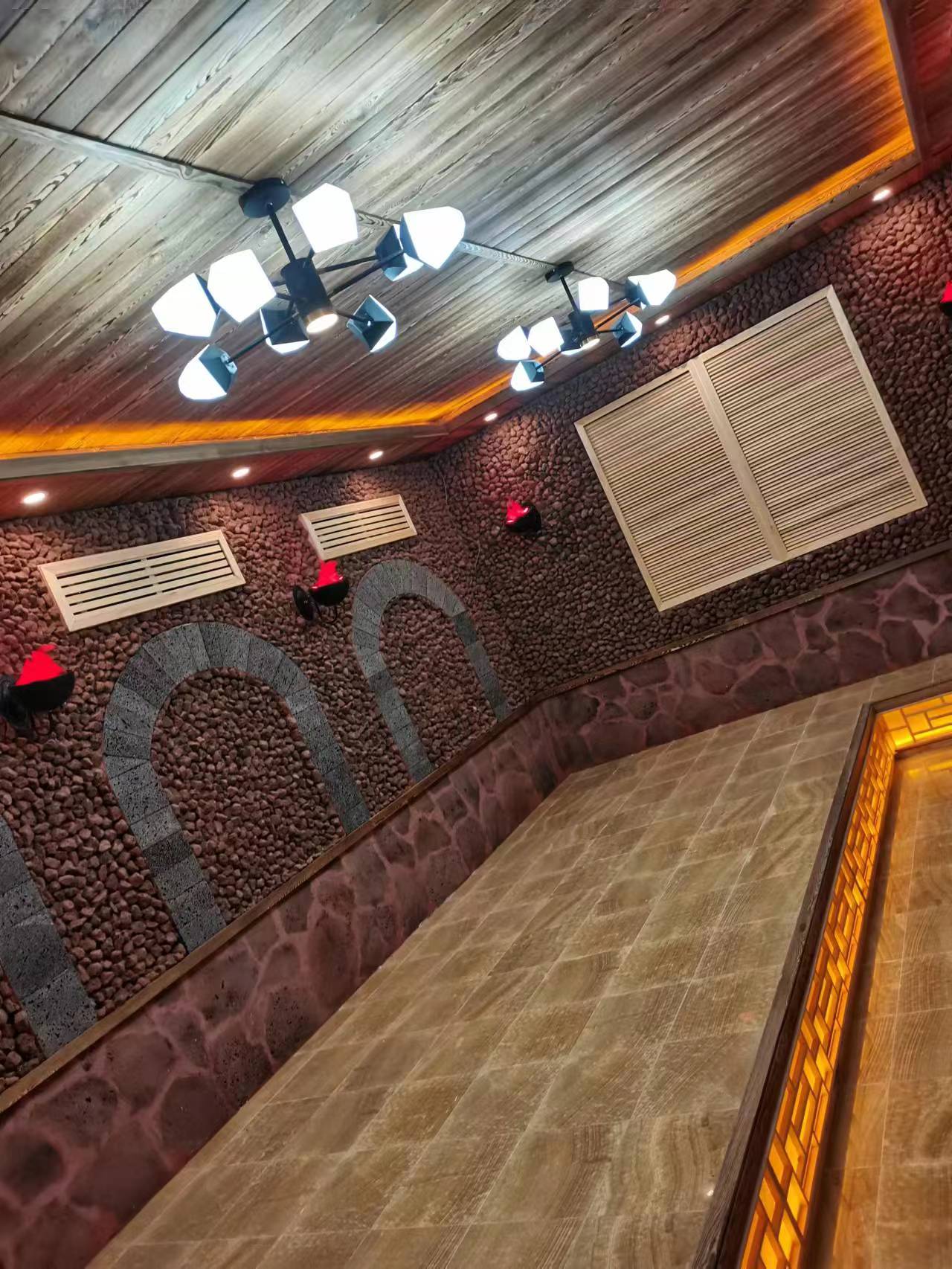
The sauna experience is highly dependent on maintaining an optimal level of heat. One crucial factor that significantly influences heat retention within a sauna is the choice of sauna door material. Different materials possess distinct properties that can either enhance or detract from the sauna's ability to hold in heat, ultimately impacting the overall comfort and efficiency of the sauna session.
Wood has long been a popular choice for sauna doors. It offers several advantages in terms of heat retention. Firstly, wood is a natural insulator. Its cellular structure contains air pockets that help to slow down the transfer of heat. This means that when the sauna is heated, the wood door can act as a barrier, preventing the hot air from escaping quickly. For example, cedar wood is often favored due to its durability and excellent insulating properties. It has a relatively low thermal conductivity, which allows it to maintain the heat inside the sauna more effectively than some other materials. The natural grain and texture of wood also add to its charm, creating a more traditional and aesthetically pleasing sauna environment. However, it's important to note that the quality of the wood and its thickness can also impact heat retention. Thicker wood panels generally provide better insulation, but they may also be heavier and more expensive. Additionally, if the wood is not properly treated or maintained, it can absorb moisture over time, which may affect its insulating capabilities and potentially lead to warping or rotting.
Glass is another option for sauna doors, and it offers a modern and sleek look. However, its heat retention properties are different from those of wood. While glass is not as good an insulator as wood in terms of its thermal conductivity, it can still play a role in heat retention if designed properly. Tempered glass, which is commonly used for sauna doors for safety reasons, can have a low-emissivity coating. This coating helps to reduce the amount of heat that is radiated out through the glass. It reflects a significant portion of the infrared heat back into the sauna, thereby improving heat retention to some extent. Glass doors also allow users to see inside the sauna, which can be a desirable feature for some. However, they may require more heating energy to maintain the desired temperature compared to a wood door, as more heat can be lost through the glass. Moreover, if the glass is not of high quality or if there are any gaps or seals that are not properly installed, it can lead to significant heat loss and a less efficient sauna experience.
Synthetic materials such as plastic composites or fiberglass are also used in some sauna doors. These materials often have been engineered to have specific properties that can be beneficial for heat retention. For instance, some plastic composites can have a relatively low thermal conductivity similar to wood, making them effective insulators. They may also be more resistant to moisture and decay than wood, which can be an advantage in humid sauna environments. Fiberglass doors can be lightweight and durable, and they can be designed with insulation layers to enhance heat retention. However, synthetic materials may not have the same natural aesthetic appeal as wood, and some people may be concerned about the environmental impact of using certain synthetic products. Additionally, the quality and performance of synthetic materials can vary depending on the manufacturer and the specific formulation used, so it's important to choose a reliable product when opting for a sauna door made of these materials.

